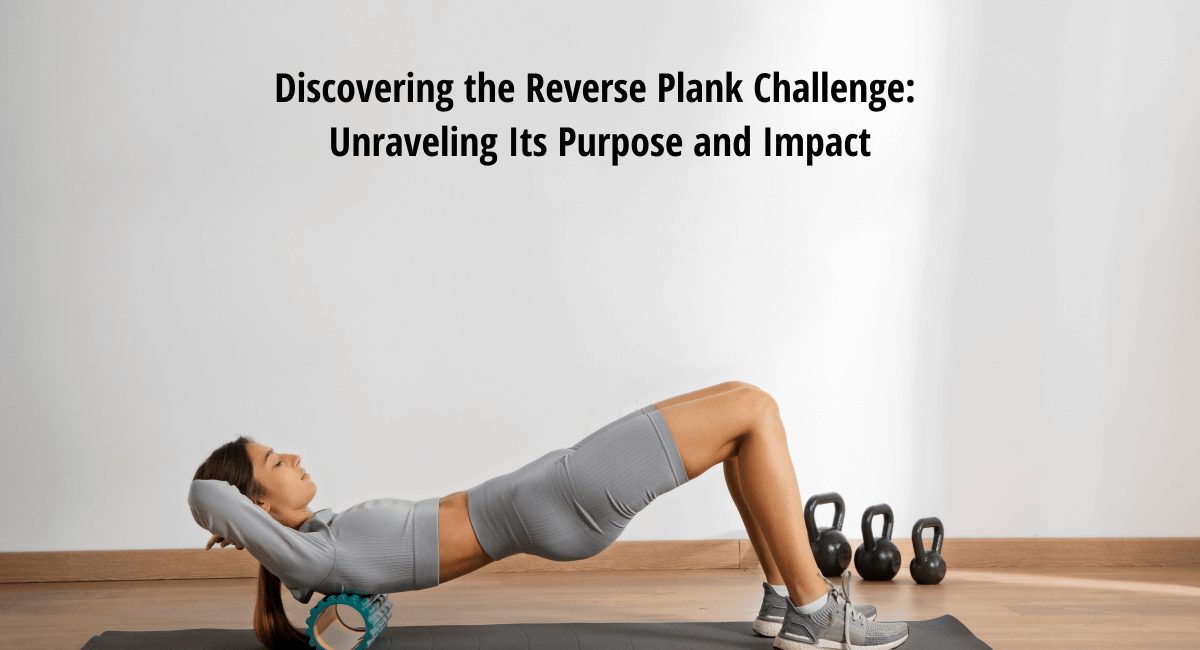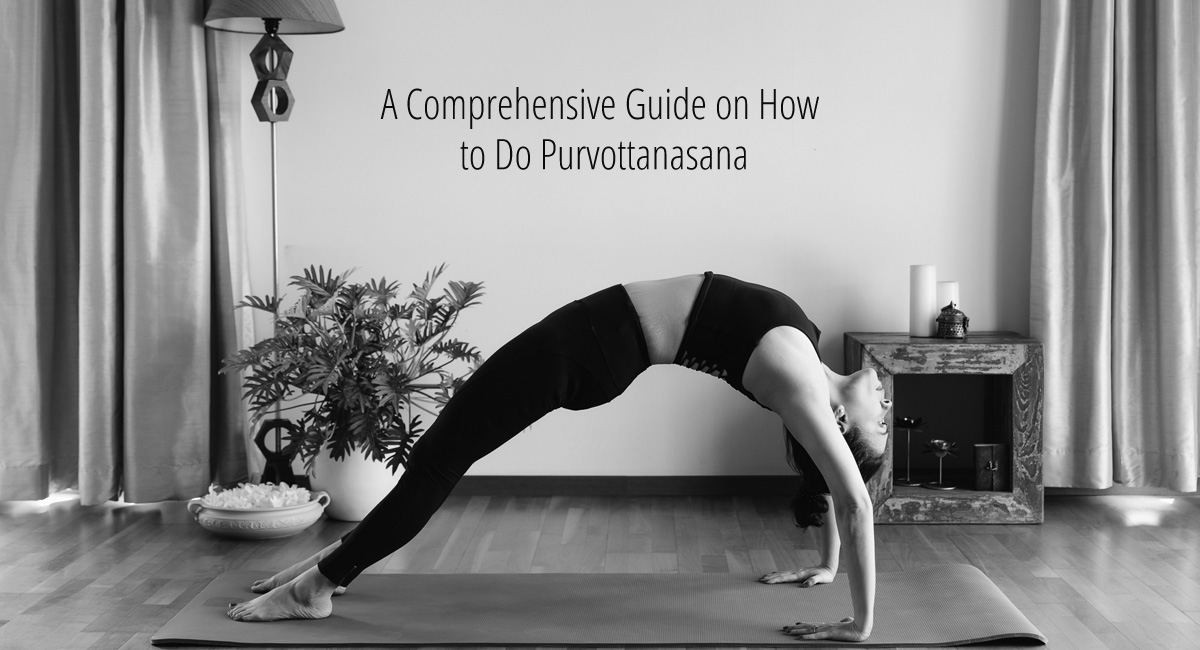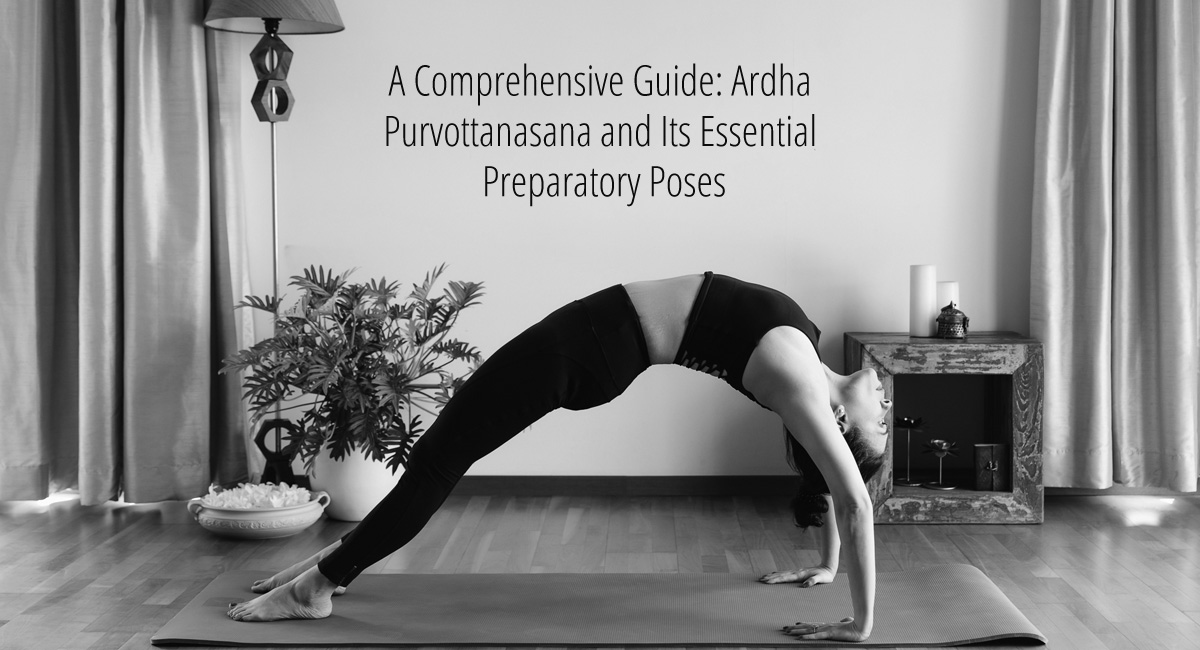
Utthita Vasisthasana (Side Plank Pose): All You Need To Know!
Table of Contents
What is Utthita Vasisthasana?
Utthita Vasisthasana, or Side Plank Pose, is a dynamic and challenging yoga posture that offers numerous benefits for the body, mind, and spirit. It is a variation of the classic Plank Pose, where the body is held in a straight line while balancing on one arm and the outer edge of one foot. The other arm is extended straight up toward the sky, adding an element of balance and stability to the pose.
This pose requires strength, balance, and concentration, making it a valuable addition to any yoga practice. It can help to build upper body strength and core stability, while also improving balance, flexibility, and mental focus. In addition, Utthita Vasisthasana can have therapeutic benefits, such as reducing stress and anxiety, improving digestion, and promoting overall well-being.
Whether you are a beginner or an experienced yogi, incorporating Utthita Vasisthasana into your yoga practice can be a great way to challenge your body and improve your overall fitness and well-being. With its ability to engage the whole body and promote balance and harmony, this pose can help you to achieve a greater sense of strength, vitality, and equilibrium in all aspects of your life.
Benefits of Utthita Vasisthasana
In addition to strengthening the upper body and core, Utthita Vasisthasana also helps to improve balance, flexibility, and mental focus. As a weight-bearing pose, it can help to increase bone density and prevent osteoporosis. It also has many therapeutic benefits, such as reducing stress and anxiety, improving digestion, and promoting overall well-being. Utthita Vasisthasana is a powerful yoga posture that can help to improve physical fitness, mental health, and emotional well-being.
This pose can also benefit you further in the following ways:
1. Improves core stability – The pose requires a significant amount of core strength and stability to hold, making it an effective way to strengthen and tone the abdominal muscles.
2. Increases balance and stability – Balancing one arm and foot in this pose can help to improve overall balance and stability, which can be especially beneficial for athletes and those who engage in sports that require balance.
3. Enhances flexibility – Utthita Vasisthasana can help to improve flexibility in the spine, hips, and legs, making it a great way to stretch and lengthen these areas.
4. Improves concentration and focus – Holding the pose requires a great deal of mental focus and concentration, making it an excellent way to improve these skills.
5. Reduces stress and anxiety – The pose can help to release tension in the body, promote relaxation, and reduce stress and anxiety.
6. Promotes digestion – The pose can help to stimulate the digestive system, making it a useful tool for those with digestive issues.
7. Builds bone density – As a weight-bearing pose, Utthita Vasisthasana can help to increase bone density, which can be especially beneficial for women at risk for osteoporosis.
How To Do Utthita Vasisthasana?
Utthita Vasisthasana is a challenging and dynamic yoga posture that strengthens and tones the entire body. In this pose, the body is held in a straight line, balancing on one arm and the outer edge of one foot, while the other arm is extended straight up toward the sky. The pose requires a significant amount of strength and stability in the arms, shoulders, core, and legs, making it an excellent way to build upper body strength and core stability.
To come into the pose, start in a plank position, with the hands shoulder-width apart and the body in a straight line. From there, shift your weight onto your right hand and the outer edge of your right foot, and then lift your left arm up towards the sky. Engage your core muscles to hold the pose for several breaths, then release and repeat on the other side. For beginners, it can be helpful to start with modified variations of the pose, such as placing the bottom knee on the ground or using a wall for support.
Utthita Vasisthasana, or Side Plank Pose, can be performed using the following steps:
- Begin by getting into a high plank position, with your hands shoulder-width apart and feet hip-width apart. Ensure that your body is in a straight line, and engage your core muscles.
- Shift your weight onto your right hand and the outer edge of your right foot. Gradually roll onto the outer edge of your right foot.
- Stack your left foot on top of your right foot, and press the sides of your feet together.
- Lift your left arm towards the sky, and turn your head to look at your left hand.
- Hold the pose for a few breaths, ensuring that your core muscles are engaged.
- To release the pose, lower your left hand and foot to the ground, and return to the high plank position.
You can repeat the pose on the other side by shifting your weight onto your left hand and foot. Beginners can start with a modified variation, such as placing their bottom knee on the ground or using a wall for support. Over time, as strength and confidence are built, they can gradually work towards the full expression of the pose.
Here is a link to the video tutorial to help you get started: https://youtu.be/-SIBInpLFHc
Variations to Utthita Vasisthasana (Side Plank Pose)
There are a few variations to Utthita Vasisthasana (Side Plank Pose) that can be helpful for beginners or those who want to challenge themselves:
1. Modified Side Plank – This variation involves placing the bottom knee on the ground while keeping the upper leg straight. This modification can help to build strength and stability in the arms and core muscles.
2. Supported Side Plank – In this variation, the bottom hand is placed on a block or the ground, while the top arm reaches towards the sky. This modification can help to improve balance and stability.
3. Advanced Side Plank – For those who want to challenge themselves, this variation involves lifting the top leg off the bottom leg and holding the pose for a few breaths. This modification can help to improve balance, stability, and overall strength.
4. Side Plank with a Twist – This variation involves twisting the upper body and reaching the top arm underneath the body, towards the opposite side. This modification can help to improve spinal mobility and flexibility.
5. One-Legged Side Plank – In this variation, the bottom leg is lifted off the ground, and the top arm reaches toward the sky. This modification can help to improve balance, stability, and overall strength.
Note: As with any yoga pose, it is important to listen to your body and modify or skip any variations that do not feel safe or comfortable for you. It is always recommended to practice under the guidance of a qualified yoga teacher.
Utthita Vasisthasana Preparatory Poses
Utthita Vasisthasana (Side Plank Pose) can be a challenging pose, so it is helpful to prepare the body with some preparatory poses before attempting it. Here are a few preparatory poses that can help to warm up the body and build the necessary strength and stability:
1. Plank Pose
Plank Pose is an excellent pose to prepare the body for Utthita Vasisthasana, as it helps to strengthen the arms, core, and leg muscles. Begin in a high plank position with your hands shoulder-width apart and your feet hip-width apart. Keep your body in a straight line and engage your core muscles. Hold the pose for a few breaths, working up to holding it for longer periods of time.
2. Dolphin Pose
Dolphin Pose is a great way to warm up the shoulders and arms, which are key areas of the body used in Side Plank. Begin on your hands and knees, with your forearms on the ground and your hands clasped together. Lift your hips up towards the sky, and press your chest towards your thighs. Hold the pose for a few breaths, working up to holding it for longer periods of time.
3. Plank with Knee Taps
This pose helps to build stability in the core and arms, which is essential for holding Side Plank. Begin in a high plank position, and slowly lower one knee down towards the ground. Return to the high plank position, and repeat on the other side. Work up to doing several repetitions on each side.
4. Low Lunge
Low Lunge is a great way to warm up the legs, which is also used in Side Plank. Begin in a high lunge position with your right foot forward and your left knee on the ground. Hold the pose for a few breaths, and then repeat on the other side.
By practicing these preparatory poses, you can warm up the body and build the necessary strength and stability to safely practice Utthita Vasisthasana. Remember to listen to your body and modify or skip any poses that do not feel safe or comfortable for you.
Scientific Aspects of Utthita Vasisthasana
From a scientific perspective, Utthita Vasisthasana (Side Plank Pose) has several benefits for the body. This pose strengthens the arms, shoulders, and wrists, which can help to prevent injuries and improve overall upper body strength. It also engages the core muscles, which can help to improve balance and stability, as well as support the lower back and improve posture.
Utthita Vasisthasana can also improve the health of the digestive and nervous systems. It stimulates the digestive organs, which can help to improve digestion and relieve constipation. It also has a calming effect on the nervous system, which can help to reduce stress and anxiety. Furthermore, this pose can help to improve overall body awareness and proprioception, which is the ability to sense where your body is in space. This can be helpful for activities that require balance and coordination, such as sports or dance.
Precautions for Utthita Vasisthasana
It is important to take precautions during Utthita Vasisthasana (Side Plank Pose) because it is a challenging pose that requires a lot of strength and stability, particularly in the wrists, arms, shoulders, and core. Practicing the pose incorrectly or without proper preparation can lead to injury, especially in these areas of the body.
In addition, practicing this pose without taking proper precautions can also lead to overexertion and fatigue, which can cause strain on the muscles and joints. This can result in soreness, stiffness, and decreased range of motion in the affected areas.
Utthita Vasisthasana (Side Plank Pose) can be a challenging pose, and there are a few precautions that you should take to ensure that you are practicing it safely. Here are some precautions to keep in mind:
1. Wrist pain or injury:
If you have pain or injury in your wrists, it’s important to be careful with this pose. You can modify the pose by practicing it on your forearm instead of your hand, or you can use a yoga block under your hand to reduce the amount of weight on your wrist.
2. Shoulder pain or injury
If you have pain or injury in your shoulders, you should be cautious when practicing this pose. You can modify the pose by practicing it with your bottom knee on the ground or by using a yoga block to support your bottom arm.
3. Lower back pain
If you have lower back pain, it’s important to engage your core muscles throughout the pose to support your lower back. You can also modify the pose by practicing it with your bottom knee on the ground, or by using a yoga block to support your bottom hand.
4. High blood pressure or heart problems
If you have high blood pressure or heart problems, it’s important to be cautious when practicing this pose. You can modify the pose by practicing it with your bottom knee on the ground, or by skipping the pose altogether.
5. Pregnancy
If you are pregnant, it’s important to be cautious when practicing this pose, especially in the later stages of pregnancy. You can modify the pose by practicing it with your bottom knee on the ground, or by skipping the pose altogether. It’s also important to consult with your healthcare provider before practicing any new yoga poses.
Summary
Utthita Vasisthasana, also known as Side Plank Pose, is a challenging yoga posture that offers a variety of benefits for the body and mind. It can help to strengthen the wrists, arms, shoulders, core, and legs, while also improving balance, stability, and focus. However, it is important to take precautions when practicing this pose to ensure that it is done safely and effectively.
Some precautions to keep in mind when practicing Utthita Vasisthasana include being careful if you have wrist, shoulder, or lower back pain or injury. Modifications can be made to the pose to reduce strain on these areas. Those with high blood pressure or heart problems should also be cautious, and pregnant women should modify or skip the pose altogether and consult with their healthcare provider before practicing.
There are several variations and preparatory poses that can help build strength and flexibility for Utthita Vasisthasana. By taking proper precautions and working with a qualified yoga teacher, you can safely practice this pose and experience its many benefits for the body and mind.
Utthita Vasisthasana, or Side Plank Pose, is a challenging yoga posture that offers many benefits. However, it is important to take precautions when practicing, particularly if you have wrist, shoulder, or lower back pain or injury, or if you are pregnant or have heart problems. Modifications can be made to the pose, and there are several preparatory poses and variations that can help build strength and flexibility. By practicing safely and with proper guidance, you can experience the many benefits of Utthita Vasisthasana. To know more about how this pose can make your life better, visit the company website.
Interested in joining a yoga class or workshop? Enquire now!

I am a Pune based artist, Kathak dancer, Dance Movement Therapist, and an avid Yoga practitioner/ teacher. I am also the Director at the Sakal Media Group, a Trustee of Pune Blind School and Nirdhar Trust.
Being a part of Sakal Media Group, with its strong foundation of service and ethical journalism, I am deeply committed in making this world a better place by pushing boundaries, giving opportunities to others, following my convictions, helping others make better choices and to tell powerful stories that will help reshape the world we live in.





